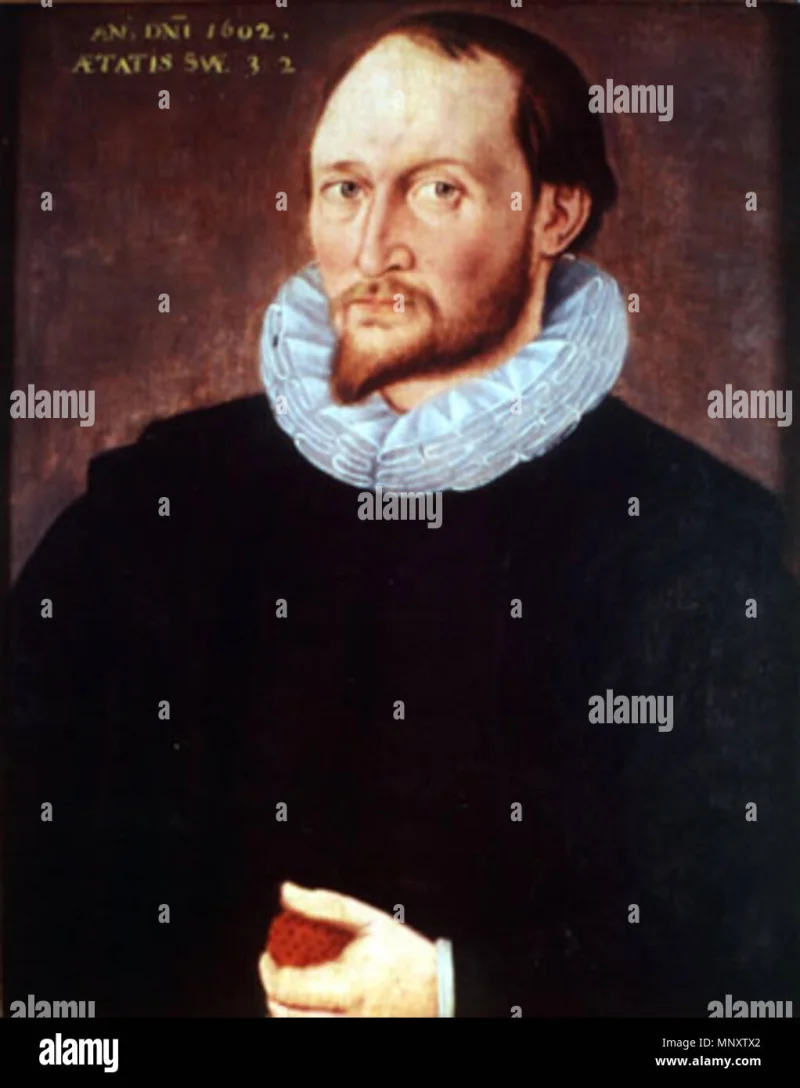Short Summary
Thomas Harriot was an English mathematician, astronomer, and scientist known for his pioneering work in the fields of physics and astronomy. He is famous for his early telescopic observations of the moon and his contributions to the understanding of algebra and navigation. Harriot's work laid the foundation for future scientific discoveries, although much of it was unpublished during his lifetime.
Early Life & Education
Thomas Harriot was born in 1560 in Oxford, England. Little is known about his family background, but it is believed they were of modest means. Harriot attended St Mary Hall, Oxford, where he graduated with a Bachelor of Arts degree in 1580. His education at Oxford exposed him to the burgeoning fields of mathematics and astronomy, shaping his intellectual pursuits. Influenced by the scientific exploration of his time, Harriot became deeply interested in mathematics and navigation, skills he would later apply in his work with prominent explorers such as Sir Walter Raleigh.
Career Highlights
Thomas Harriot's career began as a tutor in mathematics and navigation for Sir Walter Raleigh, preparing Raleigh's crews for voyages to the New World. In 1585, he joined Raleigh's expedition to Roanoke Island, where he studied the natural environment and the indigenous peoples. In the realm of astronomy, Harriot was one of the first to use a telescope to observe celestial objects, making detailed drawings of the moon's surface. He contributed significantly to algebra and was among the first to document the use of symbolic notation. His work, although not widely published during his lifetime, influenced future generations of scientists.
Major Achievements
- Conducted the first telescopic observations of the moon, predating Galileo's work.
- Authored a comprehensive treatise on algebra, introducing innovative symbolic notation.
- Played a key role in the early exploration of America with Sir Walter Raleigh's expeditions.
- Contributed to the understanding of optics and refraction through scientific experiments.
- Developed navigational techniques that improved sea exploration.
Famous Quotes
- "For I know the moon's surface, and I have seen it with sharp eyes."
Interesting Facts
- Harriot's work on algebra was not published until 200 years after his death.
- He observed sunspots independently around the same time as Galileo.
- Harriot was a friend and contemporary of Johannes Kepler.
- Despite his significant contributions, Harriot remained relatively unknown due to his reluctance to publish.
- He was one of the first Europeans to study the language and culture of Native Americans.
Legacy / Influence
Thomas Harriot's contributions to mathematics, astronomy, and navigation paved the way for future scientific discoveries. His work, though largely unpublished during his lifetime, influenced the development of algebra and optics. Harriot's telescopic observations marked a significant advancement in the study of astronomy, and his innovative use of symbolic notation in mathematics set a precedent for future mathematicians.
FAQ
Q: Why is Thomas Harriot famous?
A: He is famous for his pioneering work in mathematics, astronomy, and navigation, including early telescopic observations of the moon.
Q: Did Thomas Harriot work with any famous explorers?
A: Yes, he worked with Sir Walter Raleigh, preparing his crews for expeditions to the New World.
Q: What were some of Thomas Harriot's major contributions?
A: His major contributions include advances in algebra, telescopic observations, and improvements in navigation techniques.











